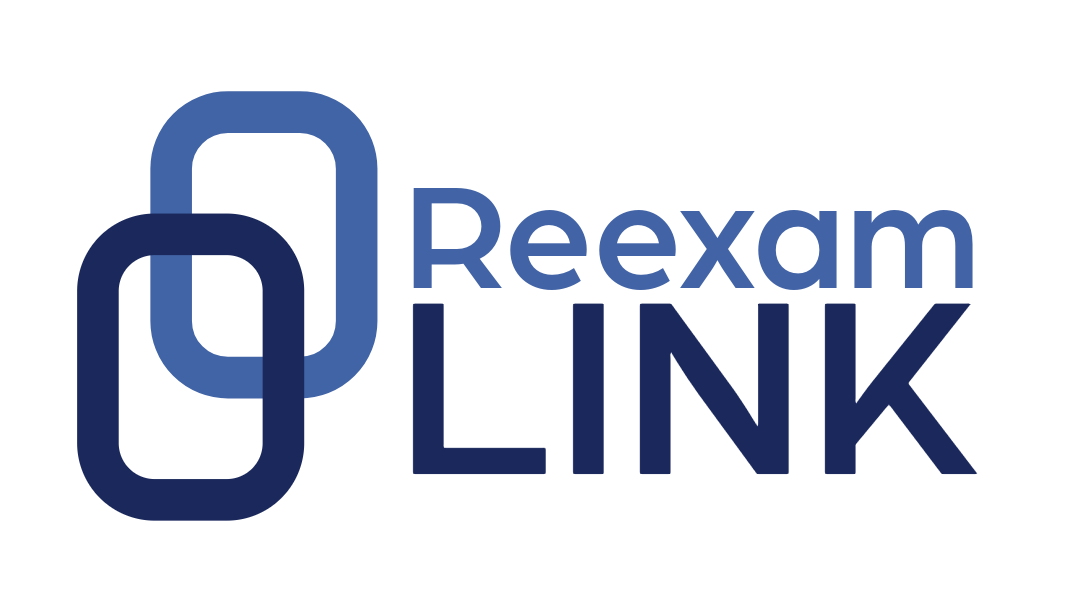When patent owners sue an accused infringer for patent infringement, one way for the accused infringer to avoid liability is to show noninfringement of the patent claims. But if the claims are extremely broad, the accused infringer may find it difficult to prove noninfringement and instead may have to rely on a showing of invalidity to avoid liability. However, a showing of invalidity requires clear and convincing evidence, which is a high standard. Enter post-grant proceedings, which provide the petitioner (or “requester,” when employing reexamination) a lower evidence standard for patent challenges.
Should the patent be subject to review under post-grant proceedings, the patent owner will likely want to avoid amendment if possible, because amendment that results in substantive changes to the claimed invention can trigger intervening rights, which may provide some reduction of infringement liability for the accused infringer should the claim be substantively narrowed in the post-grant proceeding. Stakeholders want to know how to determine substantive amendment, triggering intervening rights. For example, is substantive amendment to be measured by the claim construction standard typically used in the post-grant proceeding (currently “broadest reasonable interpretation,” but pending review by the Supreme Court in Cuozzo), or the claim construction standard used in district court (Phillips)? The Federal Circuit recently addressed this question when considering amendments made in reexamination for using the Phillips standard in Convolve, Inc. v. Compaq Computer Corp. (Fed. Cir., 2014-1732, Feb. 10, 2016).
Convolve sued Compaq and others in 2000 for infringement of its U.S. Patent No. 6,314,473 relating to minimization of vibrations of a disk drive for quieter operation. Convolve’s patent ultimately was reexamined and in 2008 certain words were added to the claims during the reexamination. The court considered whether the amended claims were substantively identical to decide if intervening rights would apply:
“A patentee of a patent that survives reexamination is only entitled to infringement damages for the time period between the date of issuance of the original claims and the date of the reexamined claims if the original and the reexamined claims are ‘substantially identical.’” R & L Carriers, Inc. v. Qualcomm, Inc., [ ]. “[I]t is the scope of the claim that must be identical, not that identical words must be used.” Slimfold Mfg. Co., Inc. v. Kinkead Indus., Inc., [ ]. As a result, amendments made during reexamination do not necessarily compel a conclusion that the scope of the claims has been substantively changed. [ ] This is true even where the claims at issue were amended during reexamination after a rejection based on prior art. Laitram Corp. v. NEC Corp., [ ] Rather, “[t]o determine whether a claim change is substantive it is necessary to analyze the claims of the original and the reexamined patents in light of the particular facts, including the prior art, the prosecution history, other claims, and any other pertinent information.” Laitram[ ].
Accordingly, the Federal Circuit employed a Phillips standard when reviewing the claim amendments:
In determining the scope of the claims, we apply the traditional claim construction principles of Phillips v. AWH Corp.,[ ] (en banc), paying particular attention to the “examiner’s focus in allowing the claims” after amendment. R & L Carriers [ ]; see also Laitram Corp. v. NEC Corp., [ ] (When an amendment is made during the reexamination proceedings to overcome a prior art rejection, that is a “highly influential piece of prosecution history.”).
In one example, the original claims recited “acoustic noise,” but were amended in reexamination to “seek acoustic noise.” The issue that the Federal Circuit considered is whether this narrowing was a substantive amendment for purposes of its intervening rights analysis. It could have been deemed the amendment to have been a substantive change, because other types of motor noises could have been ruled out by the amendment, but instead the court considered:
- the specification, which focused on the seek process and the noise it generates;
- the claims, which relate “acoustic noise” to the seek time and seek process; and
- the original prosecution history of the patent, where the patent owner argued that the reason for the amendment.
It concluded:
On their face, the original claims recite only “acoustic noise,” which could encompass any manner of acoustic noise, including that generated from the spindle. But when read in conjunction with the remaining claim limitations and in light of the specification and prosecution history, a person of ordinary skill in the art would understand the claims to be limited to seek acoustic noise.
Consequently, the Federal Circuit decided the claim amendments resulted in substantively identical claims before and after amendment, and therefore intervening rights do not apply:
In sum, we conclude that the addition of the term “seek” before “acoustic noise” did not alter the scope of the claim. [] Here, the language of the claims, read in light of the specification and prosecution history, especially the applicant’s 2001 remarks and amendment, compel a conclusion that the claims as originally drafted were limited to seek acoustic noise despite the lack of an express recitation in the claims.
The Federal Circuit reversed the lower court’s grant of summary judgment of noninfringement based on the lower court’s determination that liability was precluded by intervening rights.
The Federal Circuit concluded that the claim scope prior to the amendment would have been interpreted to be the same as the scope after amendment using a Phillips construction based on the specification, claims, and prosecution history. Had the court instead relied upon the broadest reasonable interpretation from reexamination as its gauge, the claims would presumably have been deemed substantively different and the district court summary judgment would have been affirmed. Convolve allows patent owners an opportunity to avoid intervening rights when amended claims would obtain the same Phillips claim construction as the claims prior to amendment.

Leave a Reply